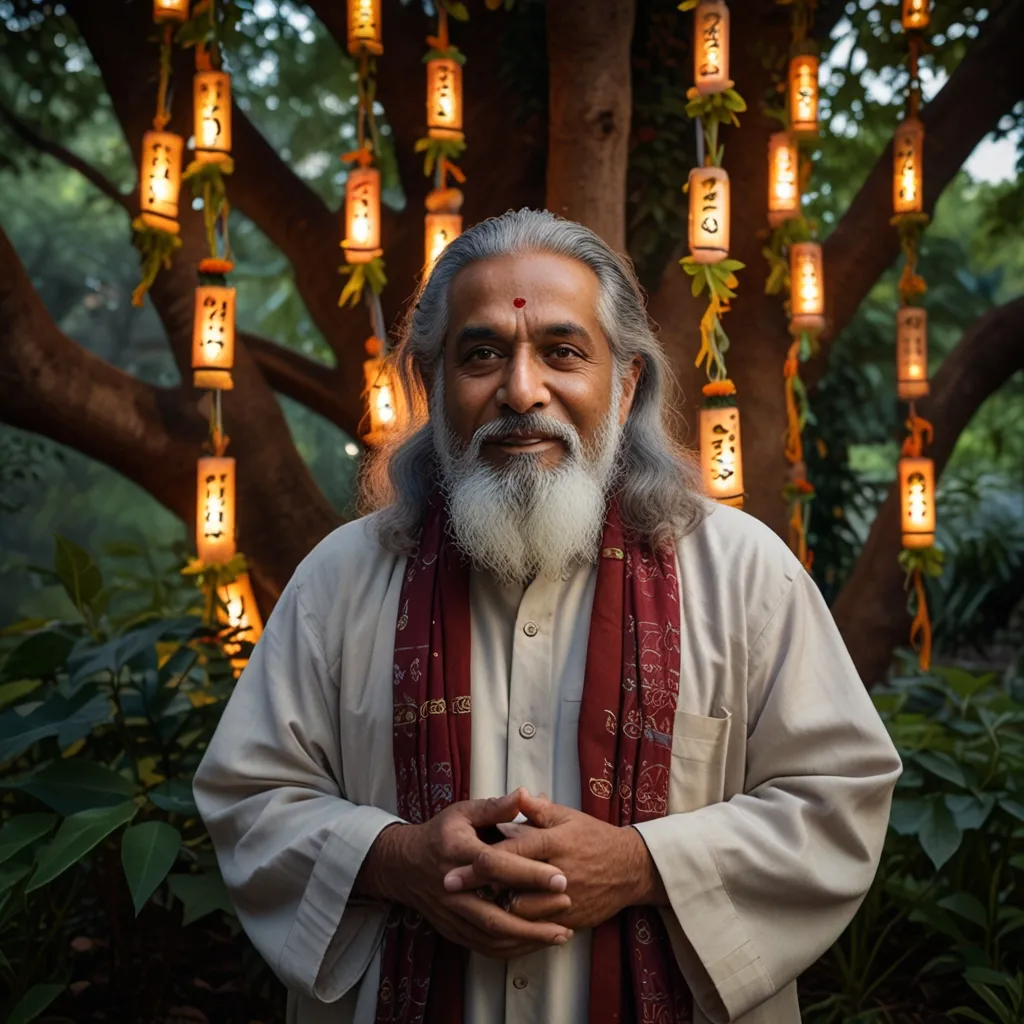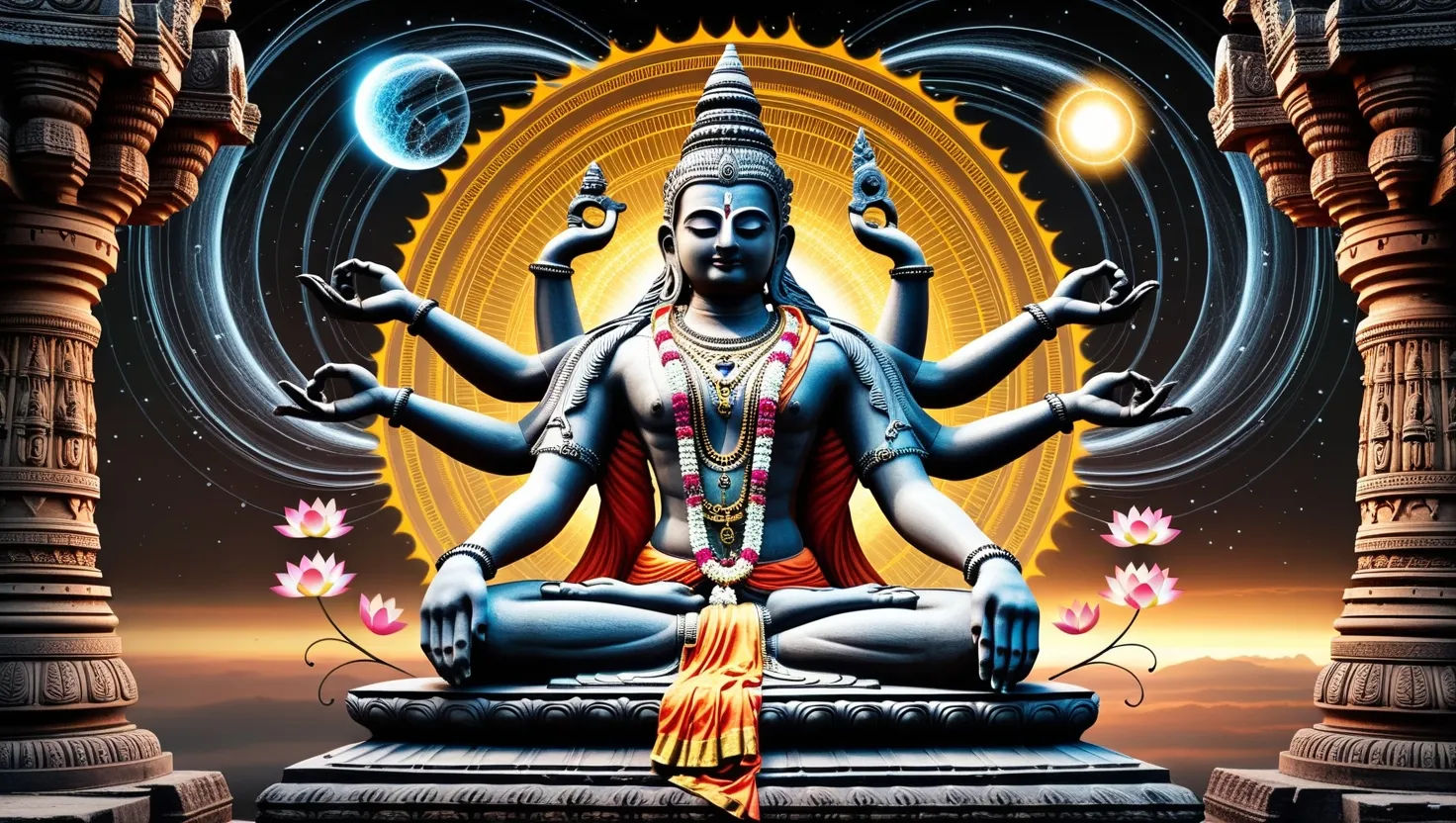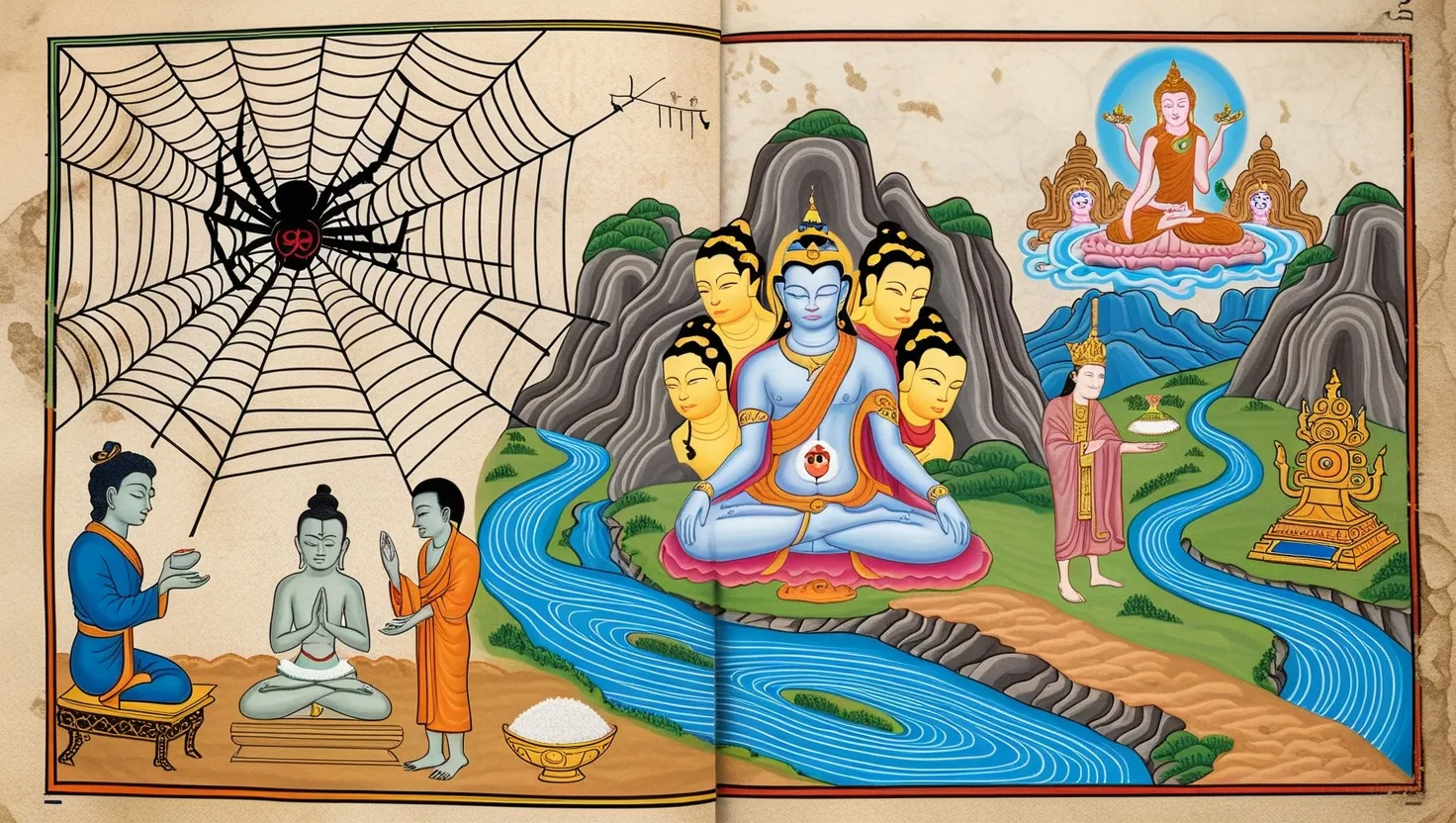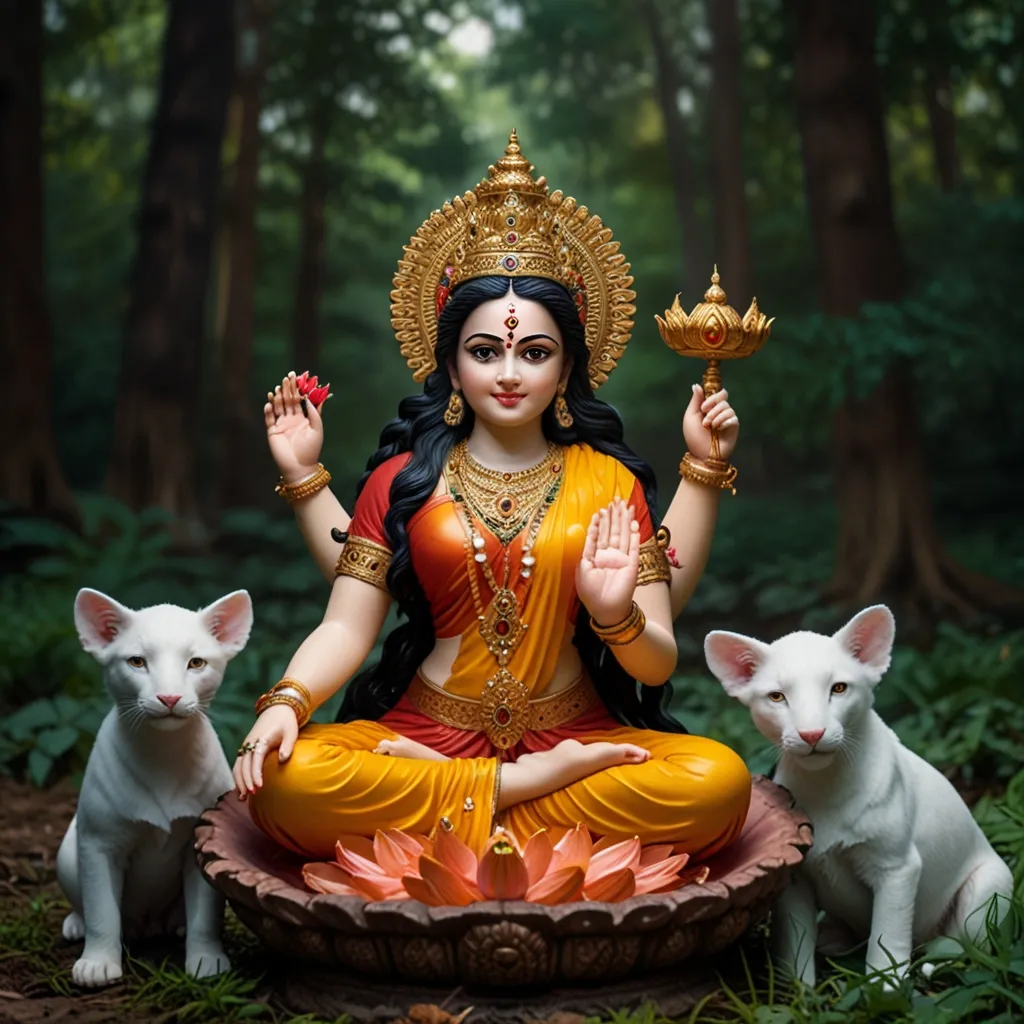Rishi Kashyapa is a legendary figure in Hinduism and widely respected for his wisdom and contributions to ancient Vedic literature. As one of the Saptarishis—the seven ancient sages of the Rigveda—he’s credited with composing many hymns and verses. He and his family of students are well-known for their work in the eighth and ninth mandalas of the Rigveda, especially those dedicated to Soma Pavamāna, the self-purifying Soma.
But Kashyapa’s influence goes beyond just the Rigveda. He gets mention in other Vedic texts like the Atharvaveda and the Brihadaranyaka Upanishad. One standout in the Atharvaveda is an allegorical hymn about the creation of the universe and Time’s role in shaping the world, where Kashyapa is born from Kala, symbolizing his eternal and unchanging nature.
Kashyapa wasn’t just about spiritual matters. His knowledge extended to medicine. The Kashyapa Samhita, a classical text on Ayurveda focusing on pediatrics, gynecology, and obstetrics, is attributed to him. This treatise, edited by Vatsya, is essential for understanding how to care for babies and childhood diseases and showcases Kashyapa’s versatility.
His contributions also touch on music and architecture. The Kashyapa Sangita, a treatise on music, captures his insights on emotions (rasa) and moods (bhava) in music, and scholars like Abhinavagupta quoted him. Additionally, Hrdanyangama acknowledged his expertise in musical note decorations (alankara). The Kashyapashilpa, a Sanskrit treatise, highlights his knowledge in architecture and decorative arts, adding another layer to his multifaceted legacy.
The region of Kashmir is believed to derive its name from “Kashyapa Mira,” meaning the lake of Sage Kashyapa, pointing to his cultural significance. Even ancient Greek texts referred to the region as “Kasperia” or “Kaspatyros,” showing his widespread recognition.
Kashyapa’s story also connects to the tale of Garuda. According to ancient Puranas, Garuda, the powerful bird, traces his genealogy to Kashyapa. A tale goes that Kashyapa, with help from other sages and divine beings, performed a yagna (sacred ritual) involving massive amounts of wood. This action was key in creating and empowering Garuda, who symbolizes strength and protection in Hindu mythology.
Buddhist texts also nod to Kashyapa, naming him as one of the early sages responsible for ancient verses. Even the Buddha referred to him as one of the ten rishis who composed these verses, reflecting his importance across religious traditions in ancient India.
Kashyapa’s wisdom has been immortalized across various texts and traditions. His name pops up in numerous legends and medieval texts, emphasizing his lasting impact on Hinduism. An example is the Kashyapa Jnanakanda, a 9th-century Vaishnavism text, illustrating his lasting influence on religious thought and practice.
Rishi Kashyapa’s influence spans religious, medical, musical, and architectural fields. His contributions to the Rigveda and other Vedic texts, along with his role in creating crucial treatises on medicine and music, make him a central figure in Hindu mythology and culture. His legacy continues to inspire and guide generations.






